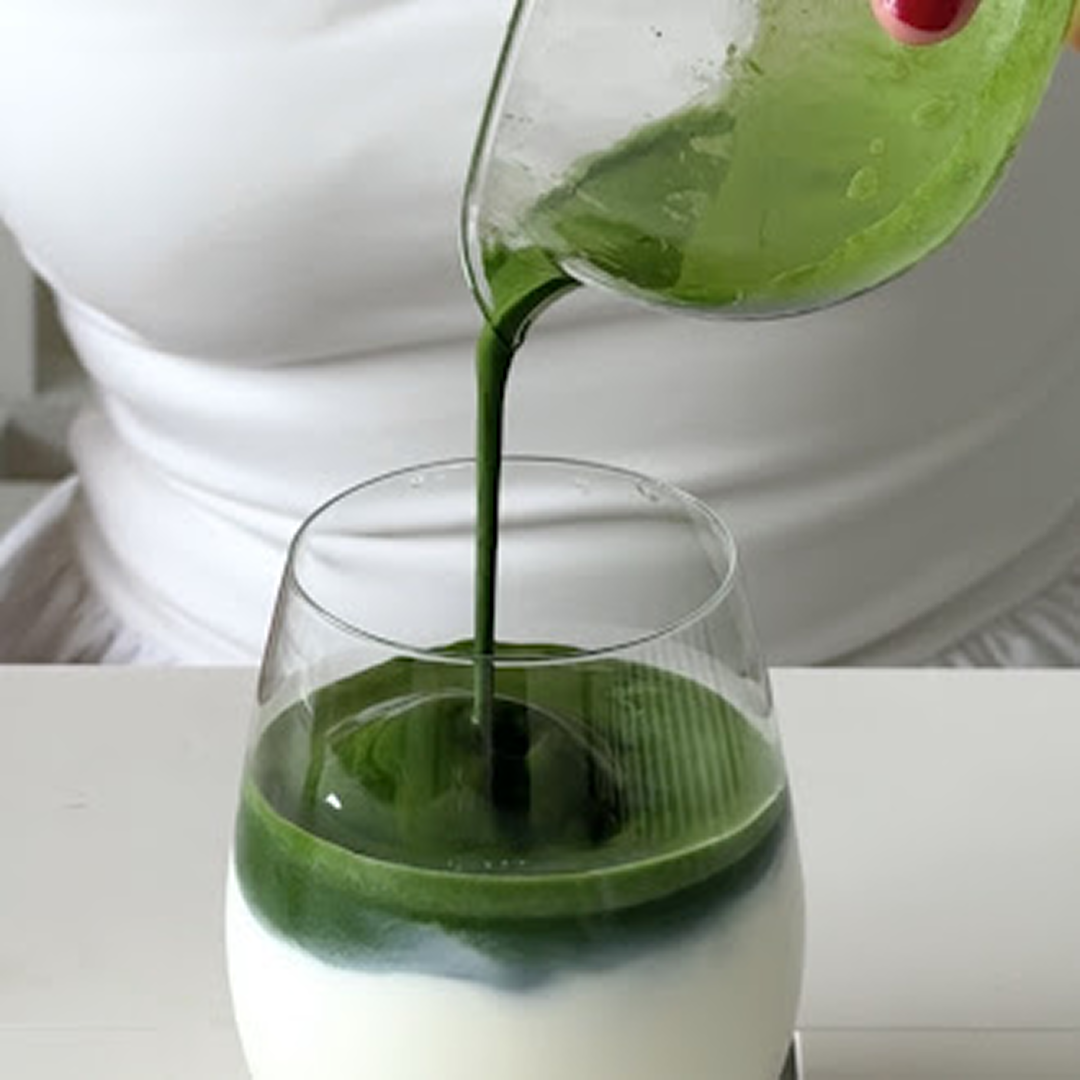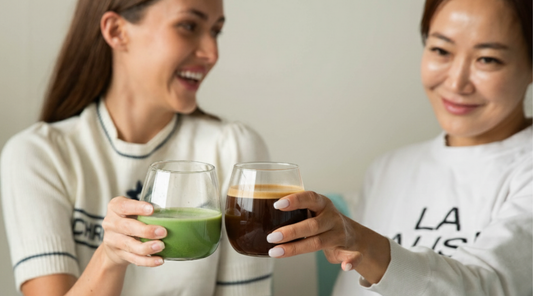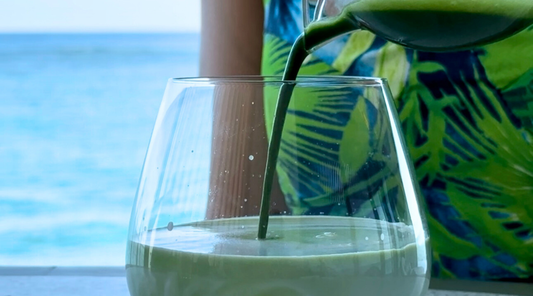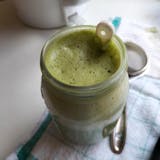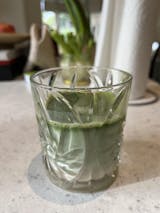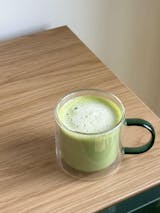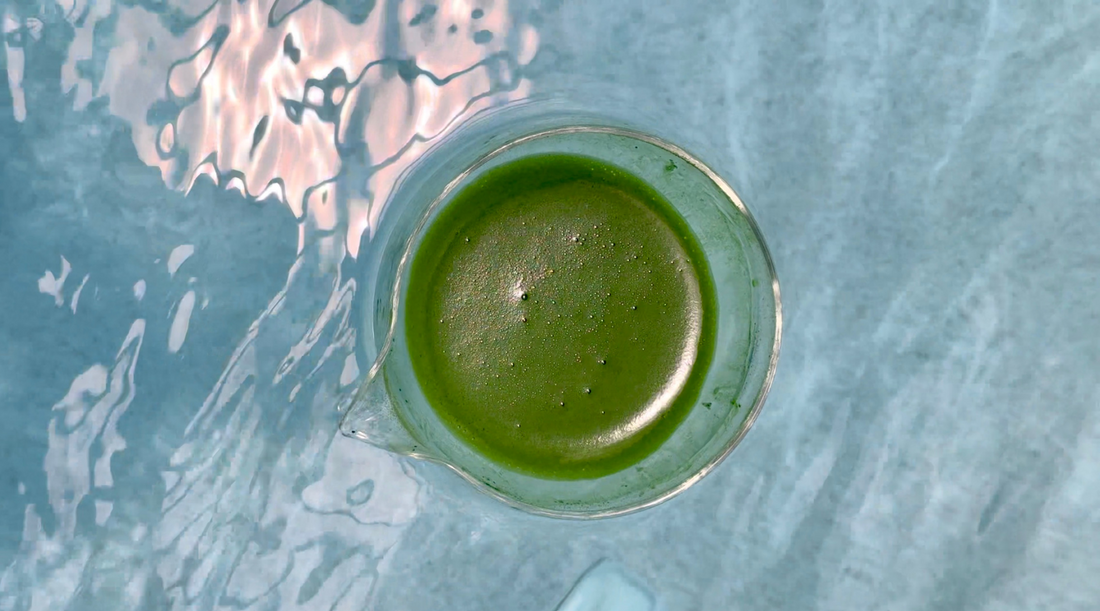
Matcha Harvests Explained: Differences Between 1st, 2nd, and 3rd Flush
Share
The differences between the 1st, 2nd, and 3rd matcha harvests aren’t just about taste – they reflect deep changes in texture, quality, and even the plant’s life cycle.
If you’ve ever wondered why some matcha is more expensive than others, or how to choose the right matcha for different purposes, understanding these harvest differences will guide you toward a more informed choice.
Ready to experience matcha in its purest form? Check out our extensive range of premium ceremonial-grade matcha, crafted from first-harvest, single-cultivar tea leaves.
1st Harvest (First Flush) Matcha Powder

The 1st harvest, also called the first flush, occurs in the early spring (typically around May in Japan). These are the first tea leaves to be picked after the winter dormancy when the plants are packed with nutrients and flavour. The leaves are shaded for 20-30 days before harvest, allowing them to develop their rich chlorophyll content and concentrated nutrients.
Characteristics
Flavour: The 1st harvest is known for its delicate, sweet, and umami-rich flavour. It offers a vibrant, smooth, and creamy taste with minimal bitterness. The younger leaves absorb more nutrients, contributing to the freshness and complexity of flavour.
Colour: The powder is a bright, vibrant green. This is because the leaves are shaded longer, producing higher levels of chlorophyll.
Texture: First harvest matcha has the finest and smoothest texture, thanks to the younger, tender leaves being ground into a silky, delicate powder.
Health Benefits: With high levels of L-theanine (which promotes relaxation without drowsiness) and antioxidants (particularly catechins), the 1st harvest matcha is a powerhouse of nutrients. The shading process increases these compounds, leading to better overall health benefits, such as improved focus, calm, and protection against free radicals. Check out the full benefits here.
Usage: Mainly used for ceremonial matcha. This is your go-to for traditional tea ceremonies or when you want to truly savour a luxurious matcha experience. The smooth taste and beautiful green colour make it ideal for enjoying on its own – no need for sweeteners or milk.
Sustainability Tip: This matcha is harvested once a year with care and precision. The careful farming practices used to produce 1st harvest matcha also make it more environmentally sustainable, preserving the tea plants and the land.
2nd Harvest (Second Flush) Matcha Powder
The 2nd harvest usually takes place in the late spring or early summer, after the first flush of leaves has been picked. This flush still benefits from shading and the nutrients accumulated, but the leaves are more mature than the first flush, resulting in a slightly different taste profile.
Characteristics
Flavour: Slightly more robust and bitter compared to the first flush, yet still balanced. This matcha has a deeper umami note, but the sweet, delicate flavours of the first harvest begin to fade.
Colour: The colour is darker green due to the more mature leaves being used. While still vibrant, it’s not as bright as 1st harvest matcha.
Texture: Fine, but slightly coarser than the 1st harvest. However, it still creates a smooth tea when whisked.
Health Benefits: While 2nd harvest matcha contains fewer catechins than 1st harvest, it still offers a healthy dose of antioxidants and L-theanine. It’s a great choice for those who want the benefits of matcha but don't want to splurge on ceremonial grade.
Usage: Often used for high-quality, premium-grade but not ceremonial-grade matcha. Perfect for daily drinking or matcha lattes. It's of high quality but more robust, which means it pairs well with oat milk or almond milk. If you're just starting to explore matcha or if you're seeking an affordable daily indulgence, this is the one.
3rd Harvest (Third Flush) Matcha Powder
The 3rd harvest typically occurs in the late summer or early fall. The leaves are fully mature by this point and have been exposed to more sun and heat, which leads to a noticeable difference in both flavour and appearance compared to earlier harvests.
Characteristics
Flavour: This is where matcha takes on a more bitter, astringent taste. It lacks the sweetness of the earlier flushes but has a more robust flavour.
Colour: The leaves are older and more mature, leading to a darker green or even a brownish-green powder. It’s visually distinct from the vibrant green of ceremonial matcha.
Texture: The powder is coarser, reflecting the less refined nature of the leaves used.
Health Benefits: While not as nutrient-rich as earlier harvests, it still provides some antioxidants and is perfect for those incorporating matcha into their recipes for both flavour and mild health benefits.
Usage: Typically used for culinary matcha or more economical matcha products. Best for culinary purposes – think matcha lattes, smoothies, and desserts. While the flavour may not be suited for traditional tea ceremonies, it shines in recipes where you want that robust matcha taste to stand out, such as iced matcha lattes or matcha-infused baked goods. The stronger taste works well in combination with other ingredients like sugar, honey, or dairy alternatives.
3d harvest is usually labelled as “low-grade,” but for cooking, it’s the ideal choice. The robust, more bitter flavour ensures the matcha flavour doesn't get lost in recipes. Plus, it’s a budget-friendly option for those who want to experiment with matcha in creative ways.
A Breakdown of Matcha Harvest and Price
Many people shy away from discussing the price differences in matcha, but it's important to understand that the harvesting process directly impacts the cost. 1st harvest matcha is expensive due to its labour-intensive production, while 2nd and 3rd harvests offer more budget-conscious alternatives without compromising on matcha quality for everyday use.

The Role of Shading in Each Harvest
The length of time that tea leaves are shaded before harvest impacts the flavour, colour, and nutritional profile. Longer shading before the 1st harvest increases the levels of L-theanine and chlorophyll, creating a sweeter, more umami-rich flavour and vibrant green colour. 2nd and 3rd harvests are shaded for shorter periods, resulting in a more robust, slightly bitter taste.
Storage and Shelf Life of Each Harvest
When it comes to storage and shelf life, different harvests and matcha grades call for different treatments.
1st harvest matcha tends to degrade faster due to its higher chlorophyll content, meaning it should be stored in an airtight container in a cool, dark place, and consumed within a few months of opening. 2nd and 3rd harvests may last longer, making them a more convenient option for those who want to buy in bulk.
For a full guide on matcha storage, read our article "Top Tips for Storing Matcha Right and Fresh."
Key Takeaways
- 1st Harvest Matcha: The most premium, with the best flavour, colour, and texture. Ideal for ceremonial-grade and top-quality matcha.
- 2nd Harvest Matcha: High quality but slightly less delicate than the 1st harvest. Suitable for good-quality daily matcha.
- 3rd Harvest Matcha: Generally more economical and used for culinary purposes or less expensive matcha products. Flavour is more robust and less refined.
In matcha production, the 1st harvest is considered the best due to its superior flavour and quality, making it the preferred choice for premium and ceremonial matcha. The 2nd and 3rd harvests still offer good quality but are usually used for more standard or culinary matcha applications.
